1. San Francisco, CA

Living cheaply in SF often means one-room micro-studios around 150 square feet. These units might have a mini-fridge and a microwave, but forget about a real kitchen or any decent storage. Many rely on shared cooking spaces down the hall, and some don’t even have private bathrooms. It’s technically affordable—but not without daily trade-offs.
Even worse, it’s not uncommon for these spots to lack windows that open, AC, or even enough space to stretch out. For single people working in the city, it’s a survival tactic. But for anyone trying to settle in and feel at home, it feels more like glorified camping. Affordability here often means learning how to make dinner in a toaster oven.
2. New York, NY
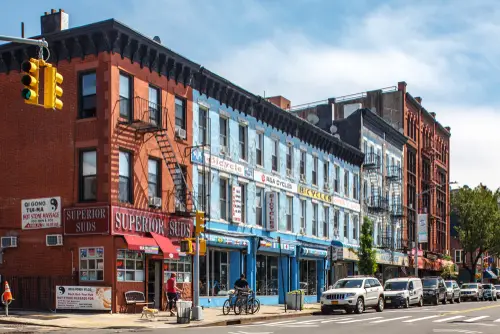
New York’s version of affordable often includes micro-apartments that are under 300 square feet. These setups usually have a tiny kitchenette or even just a microwave—no real stove, no oven. You get a bathroom and a bed, but the kitchen might be down the hall or shared with the floor. They keep costs down, but also remove a sense of independence.
Even in outer boroughs like Brooklyn or the Bronx, these apartments lean toward minimalism. In-unit laundry is rare, and closet space is a joke. It’s a way to stay in the city without going broke—but you pay in convenience and comfort. Good luck cooking anything more ambitious than oatmeal.
3. Seattle, WA
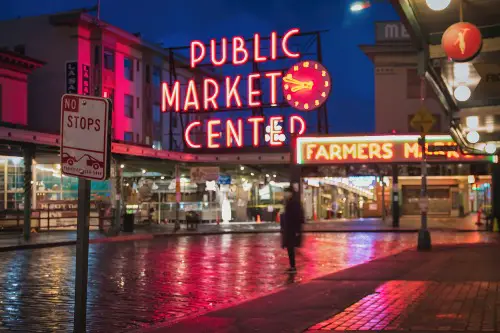
Seattle’s idea of budget housing includes micro-housing and shared-living models. That often means one small room with a bed and bathroom, but no kitchen or laundry inside. Communal spaces handle those basics, but you lose privacy and ease of access. It’s a lower monthly payment—but also a smaller slice of autonomy.
These setups are particularly common near the city center, where rent for regular apartments is sky-high. For young professionals or students, it’s a doable short-term option. But after a while, living out of a microwave and waiting in line to cook wears thin. It’s affordable, but not exactly peaceful.
4. Boston, MA

Boston’s take on affordability comes in the form of super-compact apartments, often with built-in furniture and clever storage tricks. You’ll usually get a kitchen, but it’s often squeezed into a wall with no counter space. In-unit laundry is rare, and closet space is tight. It’s the price of staying in a trendy neighborhood without blowing your budget.
Many buildings also push shared amenities—lounges, laundry rooms, or rooftop decks—to justify cutting back inside the unit. It works for some, especially if you’re not home much. But if you like to cook or keep more than a week’s worth of clothes, you’ll feel the pinch. It’s cozy at best, claustrophobic at worst.
5. Portland, OR
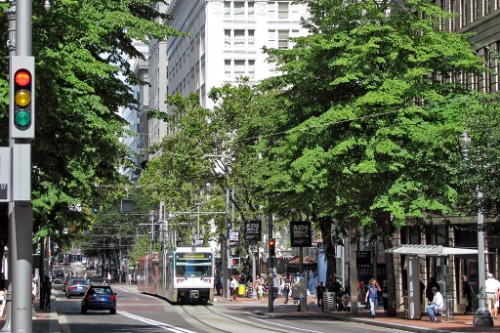
Portland’s affordable housing options include tiny studios and revived single-room occupancies, or SROs. These are compact spaces—sometimes under 200 square feet—with shared kitchens and bathrooms. You may have four walls and a locking door, but everything else is communal. The rent’s cheaper, but your sense of privacy and dignity takes a hit.
These setups work well for people who need housing fast or are just trying to stay off the street. But for longer-term residents, the lack of personal space can be draining. You trade affordability for the feeling of truly “living” somewhere. It’s housing, yes—but not a home in the traditional sense.
6. Newark, NJ
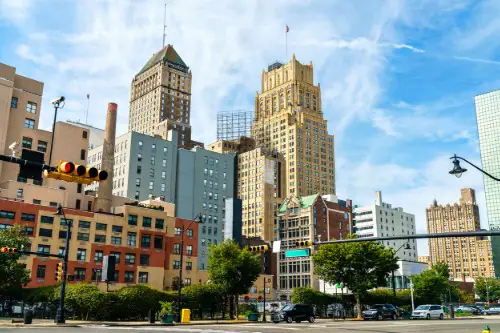
In Newark, many affordable units are older apartments that have been subdivided or minimally updated. They’re cheaper because they’re smaller, sometimes with just a bedroom and shared bath and kitchen access. You might get a sink and mini-fridge in your room, but full kitchens are often shared. It keeps costs low—but also limits comfort and convenience.
These buildings often show their age, too—old plumbing, weak insulation, and minimal natural light. It’s manageable if you’re on a budget, but you’re constantly reminded of what you’re sacrificing. Affordable, yes—but bare-bones living.
7. Minneapolis, MN

Minneapolis has embraced smaller housing options, and it’s helped lower rents citywide. But many of the new affordable options are co-living spaces or split homes, where you rent a room and share everything else. Full privacy goes out the window, and in-unit laundry or full kitchens aren’t always part of the deal. It’s budget-friendly—but not built for comfort.
These shared homes are often modern and clean, but they require cooperation and a flexible lifestyle. Great for students or remote workers with minimalist tastes. Not ideal for families or those wanting their own space. You live cheap—but not solo.
8. Durham, NC
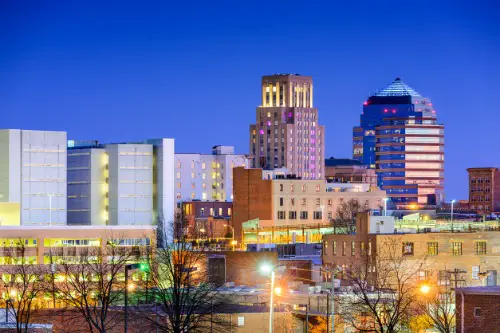
Durham’s newer affordable housing units tend to be basic and compact. Some are repurposed buildings with plain finishes and small layouts, where even storage can be an issue. Kitchens and bathrooms are included, but don’t expect upgrades or much elbow room. It’s more functional than comfortable.
In many cases, communal amenities like laundry or gathering spaces are meant to compensate. That’s great for community—but less so if you just want to relax in your own place. These units do serve a vital need, but you feel the affordability in every square foot. They’re a step up from nothing, but far from ideal.
9. Philadelphia, PA

In parts of Philly, especially where public housing has been rebuilt, the new units are clean but stripped down. Space is tight, storage is limited, and finishes are basic at best. In some cases, residents returned to find smaller homes than the ones they left. And in-unit laundry is still a rarity.
The city has made big investments in creating affordable housing, but the reality for tenants includes daily compromises. You might live somewhere new—but not necessarily somewhere better. It’s affordable on paper, but not exactly desirable. Still, for many, it’s the only viable option.
10. Austin, TX
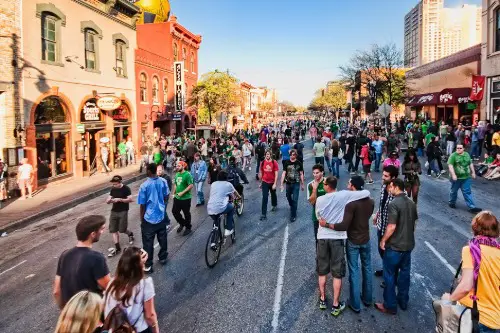
In Austin, affordability often comes in the form of converted motels, tiny home villages, or scaled-down apartments. These spaces usually have the basics—but often lack full kitchens, private yards, or sound insulation. Noise, shared walls, and tiny footprints are the norm. You get four walls and a roof—but not much else.
Some of these places even lack adequate transit access, making day-to-day life harder. The rent is lower, yes—but so is the quality of life. You may be safer and indoors, but you’ll still feel squeezed. It’s housing that gets the job done—barely.
11. San Antonio, TX

San Antonio has made headlines for converting older motels into affordable housing. While it’s a great reuse of space, the amenities are minimal—no kitchens, limited storage, and thin walls. Residents get a private space, but it feels more like a hotel than a home. You’re not out in the cold—but comfort is a luxury.
Even noise from nearby highways or airports becomes part of daily life. The trade-off is clear: you pay less, but live with less. For many, it’s a starting point—not a long-term solution. Still, it beats the alternative of being priced out completely.
12. New Haven, CT

Affordable housing in New Haven includes compact apartments with community-centered layouts. Units are small, with simple finishes and just enough room for essentials. Kitchens are functional but far from fancy, and laundry is often shared. It’s designed to be safe and efficient—not luxurious.
Residents appreciate the affordability, but sometimes miss the comforts of a “real” apartment. It works well for those just starting out or trying to stabilize. But it’s not the kind of place you grow into. It’s a stepping stone, not a forever home.
13. Meriden, CT
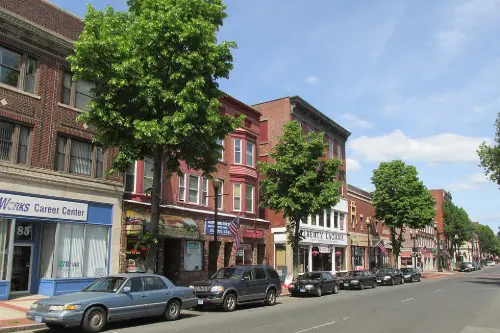
In Meriden, affordable senior apartments were built in a converted rehab facility. Units are clean and bright, but compact, with very modest kitchens and no in-unit laundry. Residents rely on shared facilities and common areas for most conveniences. It’s a community-first approach—but not full of private perks.
The setup works well for social seniors or those with fewer physical needs. But anyone wanting independence or space to entertain would feel boxed in. It’s affordable and accessible—but intentionally stripped down. That trade-off shapes daily life.
14. Richmond, VA
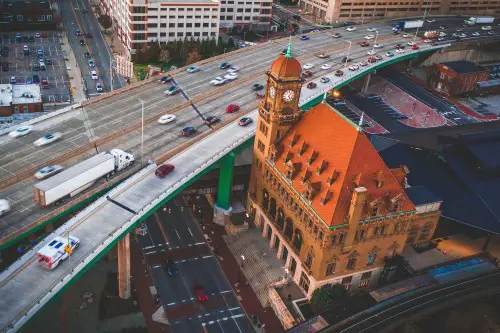
Richmond has made a big push for affordable housing, but many of the initial units are stark and small. Some are built in converted offices or industrial spaces, meaning low ceilings and limited natural light. In-unit kitchens and laundry vary widely—and are often the first things cut to save costs. You get shelter, but not much personality.
These homes meet basic needs, but don’t exactly inspire comfort or pride. Renters may feel safe and stable, but not settled. It’s a huge step forward—but not a perfect one. For many, it’s a start—not an end point.
This post 14 U.S. Cities Where “Affordable” Housing Just Means No Kitchen was first published on American Charm.


